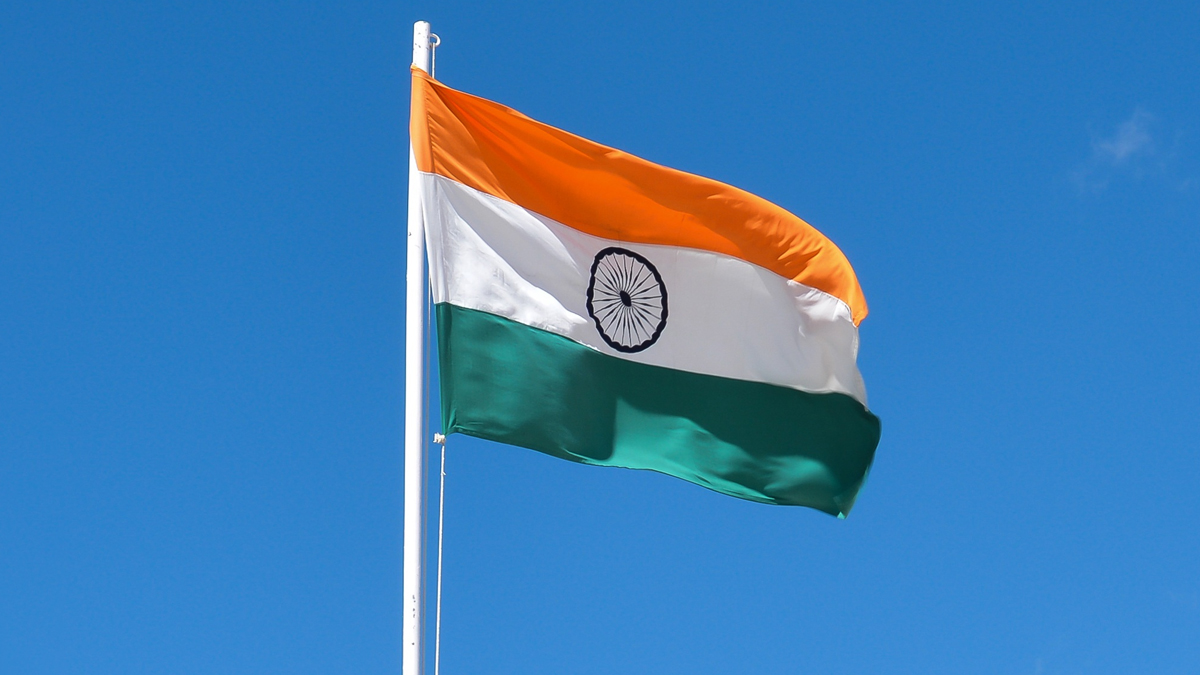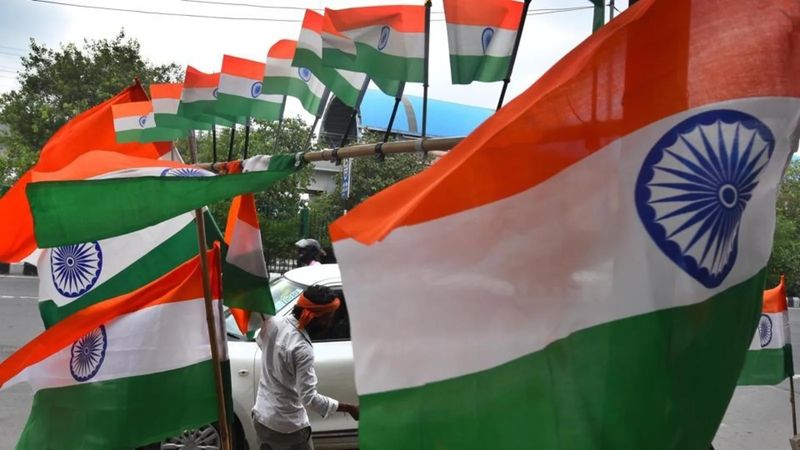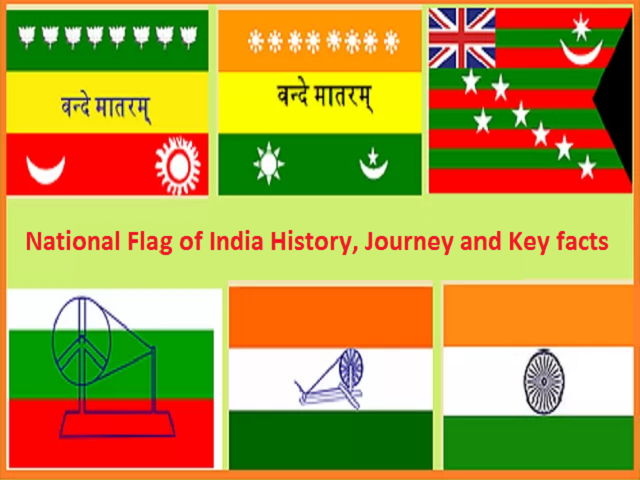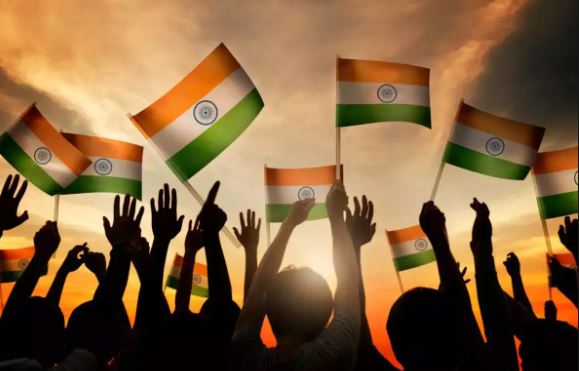
New Delhi: As India marks its 76th Independence Day on Monday, the seven and half decades of freedom, the whole country is gripped by patriotic fervour.
The proud Nation is celebrating 'Azadi ka Amrit Mahotsav', marking the 76th year of Independence.
This day commemorates India's independence from colonial rule after two centuries of oppression and suppression at the hands of the British. The celebration of Independence Day honours the sacrifices and tireless efforts of our courageous leaders and freedom fighters who gave their entire life for the sake of the nation and the countrymen.

A series of events are being organised across the country by different ministries of Government of India, various state governments & Union Territories, the Armed Forces and general public alike to mark this momentous occasion.
Let's have a look at interesting facts about the Indian national flag.The first Indian national flag was hoisted on August 7, 1906, at Parsee Bagan Square in Kolkata. The flag had three major colours namely red, yellow and green.The first variant closer to the current day Indian tricolour was designed by Pingali Venkayya in 1921. It had two major colours-red and green.
In 1931, a landmark resolution was passed adopting a tricolour flag as our national flag. This flag, the forbear of the present one, was saffron, white and green with Mahatma Gandhi's spinning wheel at the centre.
Also Read: PM Modi inspects Guard of Honour, hoists national flag at Red Fort
With a few modifications that included the addition of saffron and white colour, Ashoka chakra from the lion capital of emperor Ashoka, the Indian Tiranga was officially adopted on July 22, 1947. It was first hoisted on August 15, 1947.
Tiranga or Tricolor has three colours which include saffron on the top signifying strength and courage of the country. White in the centre embodies peace and truth. The green colour at the bottom shows the fertility, growth and auspiciousness of the land. The Ashoka chakra also called as Dharma Chakra is placed at the centre and has 24 spokes signifying that there's life in movement and death in stagnation.
Earlier, Indian citizens were not allowed to hoist the National Flag except on selected occasions. This changed after a decade-long legal battle by industrialist Naveen Jindal culminated in the landmark Supreme Court judgement of January 23, 2004, that declared that the right to fly the National Flag freely with respect and dignity is a fundamental right of an Indian citizen within the meaning of Article 19(1) (a) of the Constitution of India.

Azadi Ka Amrit Mahotsav is being observed by the Central government and the Indian populace to mark the country's 75th anniversary of independence with an enthusiasm to bring the Tiranga home and be a part of the 'Har Ghar Tiranga' campaign.
'Har Ghar Tiranga' is a campaign under the aegis of Azadi Ka Amrit Mahotsav to encourage people to bring the Tiranga home and to hoist it to mark the 75th year of India's independence.
Also Read: PM Modi addresses the nation, says nation is beholden to freedom fighters
With the launch of the 'Har Ghar Tiranga' campaign ahead of the 75th Independence Day, the streets and nooks across the country echo the feeling of oneness and patriotism.
A citizen, a private organization or an educational institution may hoist or display the National Flag on all days and occasions. There is no restriction on the timing of flag display.

The Flag Code of India was earlier amended in December last year allowing the use of polyester, apart from cotton, wool, silk and khadi for making hand-spun, hand-woven and machine-made flags.
The programme envisages inspiring Indians everywhere to hoist the national flag at their homes. The aim of the programme is to make the relationship with the national flag a more personal one rather than just keeping it formal or institutional.
The official journey of Azadi Ka Amrit Mahotsav commenced on March 12, 2021, which started a 75-week countdown to our 75th anniversary of independence. (ANI)






